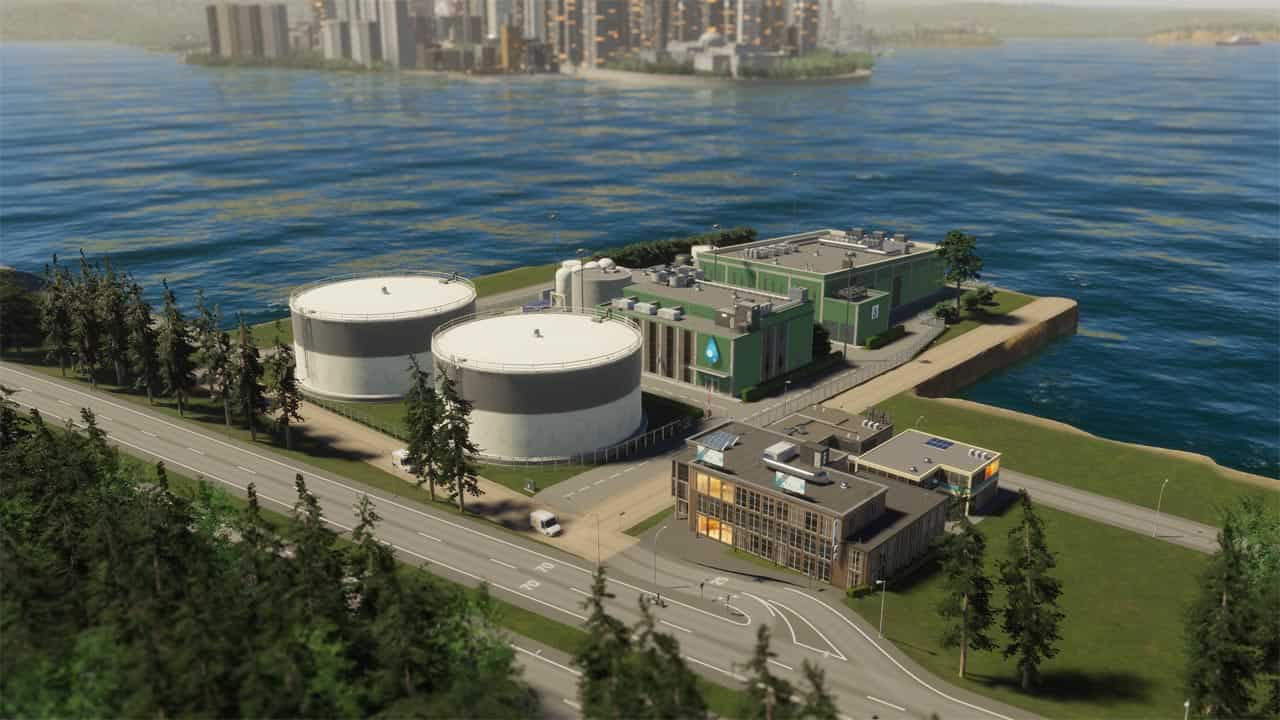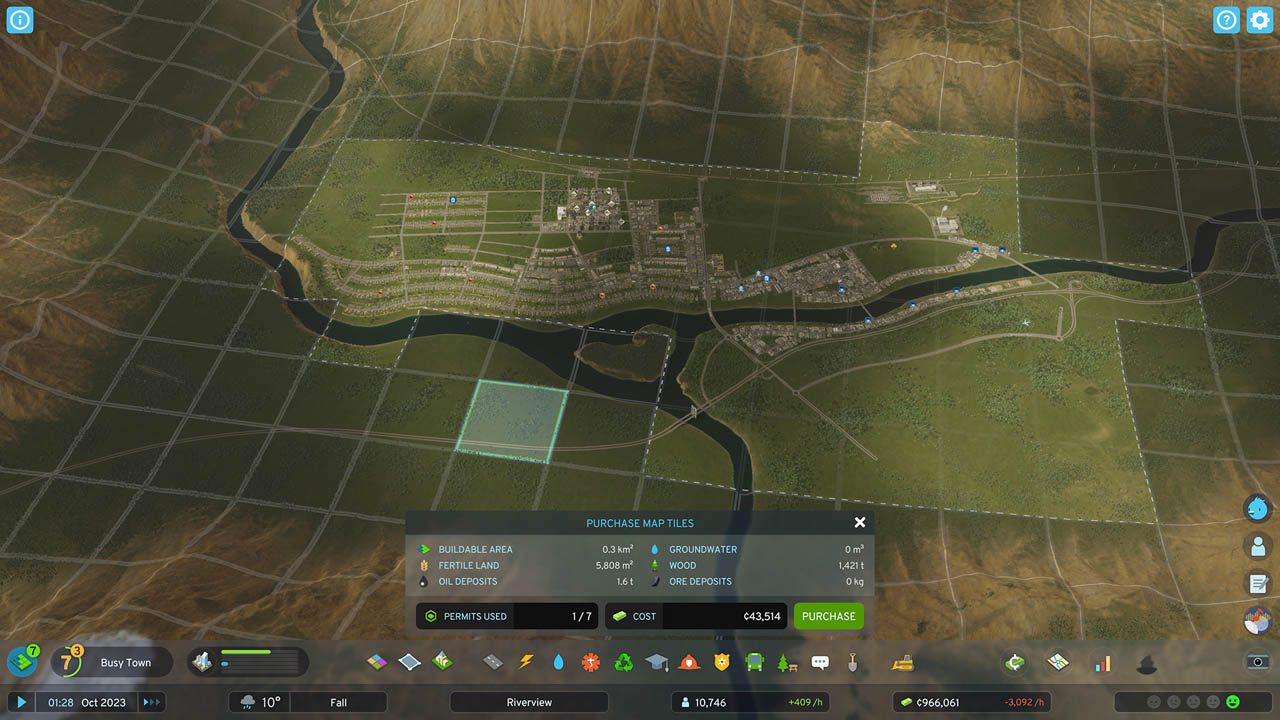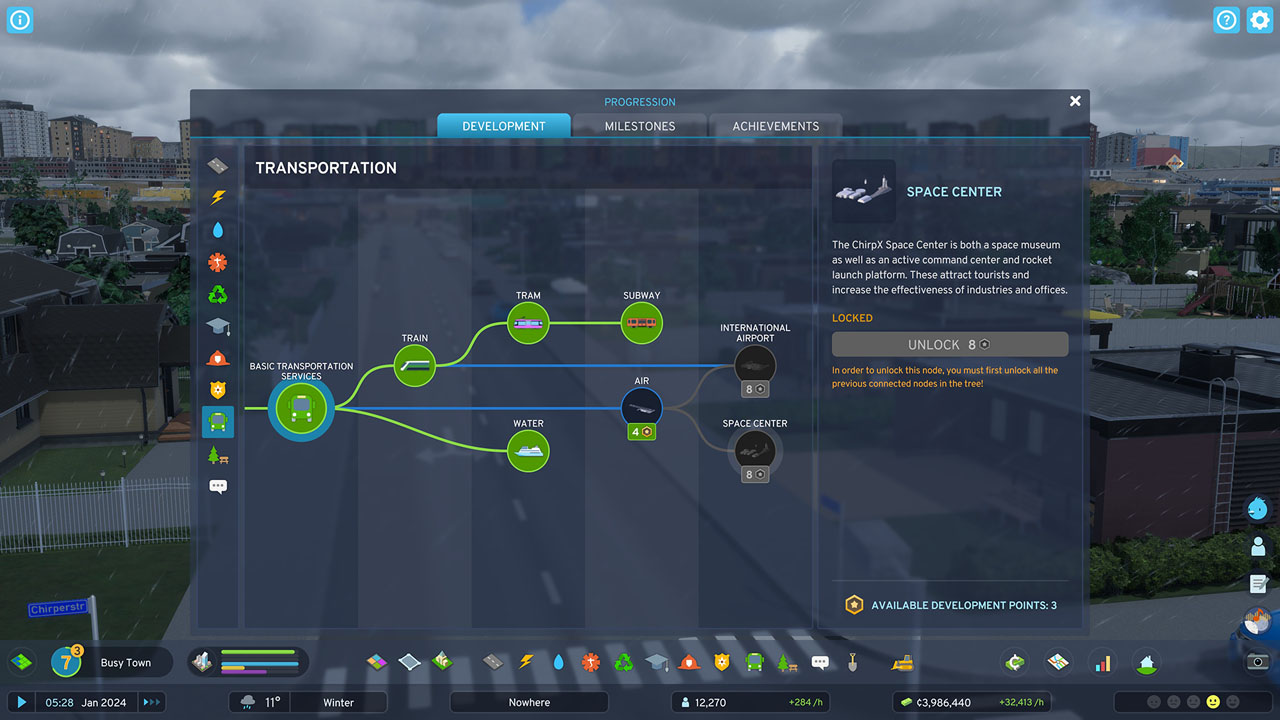Video Gamer is reader-supported. When you buy through links on our site, we may earn an affiliate commission. Prices subject to change. Learn more
Cities Skylines 2 is a game that’s simultaneously welcomed, and yet one that many may not have expected.
The previous game may have released all the way back in 2015, but has had regular expansions ever since, and so by 2023 you’d be forgiven for thinking it’s almost as complete a city builder as you’d want. But now that previous game is showing its age, and so developers Colossal Order are proving why this sequel is not only necessary, but can quite literally build upon what’s come before to make it a must play for fans of the original come the Cities Skylines 2 release date this October.
I spent some hands-on time with the game recently at Gamescom, and immediately what struck me was how self-assured this follow-up is to play. The result of eight years of the previous game, plus feedback from those fans, shines through in even the early build, and though it’s been some years since I last played Cities Skylines, it really didn’t take long for me to re-learn the ropes, and start putting down zones such as Residential, Commercial and Industrial. I was helped along, of course, by a very clear tutorial – which explained the game’s concepts to me very well and took me through the basics of my city.
It’s also helped by the streamlining of some processes that may have taken some extra time previously. Rather than feel reductive, it let me focus on the important parts of running my city – and it wasn’t as if it did everything for me. It’s also helped by the new Grid mode and improved road tools that helped me build a network of vehicular pathways around my city in almost no time at all. And if I wanted to change things up, the system is flexible enough to allow you to do so with minimal fuss.

Even better, when it came to electricity and water networks, this process is much more streamlined, as it links into the road system. See, electricity and water can now run through roads, meaning I didn’t have to mire my head trying to create and keep track of three separate networks of things between traffic, water and power. It just makes logical sense, and doesn’t take away anything from the experience. And there’s no worry about this streamlining making things over-simplified, as you still have plenty to consider when it comes to electricity and water too, such as types of power, sources and of course – sewerage.
Of course, everything’s always bigger with the sequel, and Cities Skylines 2 is no exception there either, with far bigger maps than its predecessor can manage. While the first game only let you have a maximum of 9 tiles back in 2015, the sequel will let you unlock a massive 441 map tiles. That’s 159 square kilometres to play with, and we’re certain that’ll only grow with mods on the PC version. Intriguingly, when expanding your city, you don’t even have to buy tiles next to each other, giving you unprecedented freedom to expand however you want. Speaking of maps, they’ll also now come with themes – which dictate the styles of building in them – and climate, which can (if you choose) effect your gameplay in different ways. For example, more arid areas will be more of a challenge to get your citizens clean water, or using hydroelectric power.

Game progression is probably the area with the most substantial overhaul though. As you play and spend time with your city, you’ll hit different Milestones. In the previous game, these were simply hit by reaching a population threshold. But this time around, you’ll hit milestones by earning Expansion Points (XP) – you’ll earn these passively, just by playing the game and keeping your population happy and growing, but you can also earn big XP bonuses by hitting specific goals, such as upgrading key buildings or building landmarks. As you make your way through these Milestones (there’s 20 in total) – you’ll earn a bunch of rewards, including cash, Development Points and Expansion Points as well as unlocking new options like Policies and vital city services.
However, when you unlock these services, you’ll only have access to their basic level – with low tier buildings and features. To get the more advanced stuff, you’ll need to unlock the relevant branches on the new Development Trees system. Similar to a Skill Tree on an RPG, you’ll spend those Development Points I mentioned earlier and put them into nodes to unlock branches and, in turn, unlock more advanced stages of the services. You don’t have to spend them as soon as you get them, thankfully, meaning you can sit on them until your citizens have a need for a specific service that you need to meet. It adds another layer of strategy to the game and to your progression as you decide whether to further the plans you already had, or react to your citizens’ developing needs.

Though I had a full hour with the game, it literally flew by in what felt like no time at all. Surely, that’s already the mark of a good city builder? Cities Skylines 2 may not look from the outside like a markedly different game from its predecessor if you’ve played the previous game recently (and have all the expansions and have it modded up to the nines) – but even with this preview build it already feels like a smart evolution of what’s come before. Cities Skylines 2 has trimmed the fat in the right places, spruced up and given more depth in others and has allowed both veterans and new players alike to feel right at home in a city builder that will no doubt eat up hours in a flash upon release.
Cities Skylines 2 arrives on PC, Xbox Series X|S and PlayStation 5 from October 24.
No products found.

